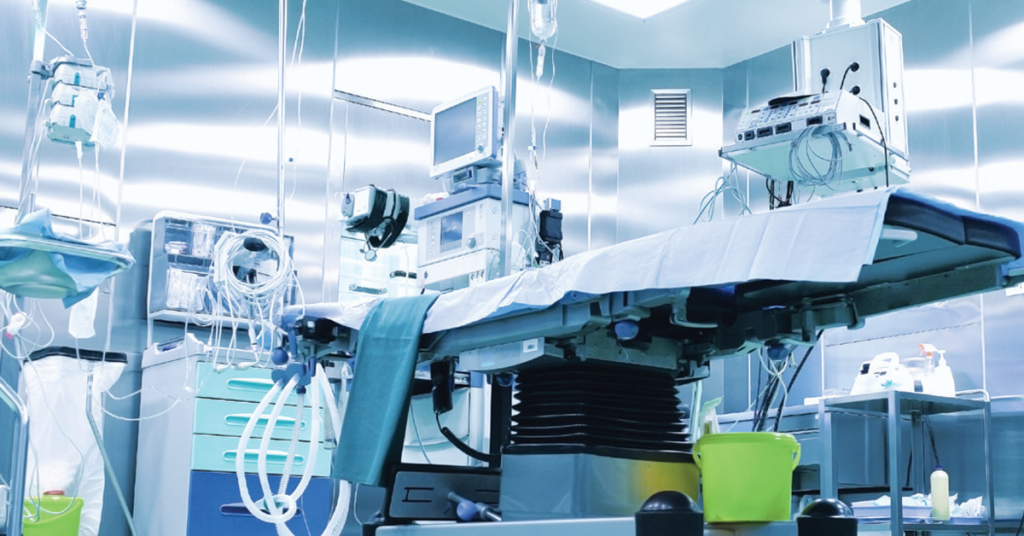In late April of this year, Abbott announced its $30 billion acquisition of St. Jude Medical Inc. in a deal the two companies claim will create “a premier medical device leader.” The combined company will have an industry-leading pipeline expected to deliver a steady stream of new medical device products across cardiovascular, diabetes, vision and neuromodulation patient care. “Bringing together these two great companies will create a premier medical device business and immediately advance Abbott’s strategic and competitive position,” said Miles D. White, chairman and chief executive officer, Abbott. “The combined business will have a powerful pipeline ready to deliver next-generation medical technologies and offer improved efficiencies for health care systems around the world.“
In an environment of continued globalization and higher demand for medical technology products and services, medical OEMs are compelled to diversify their product portfolio, scale-up operations and gain market share in order to improve their negotiating power with hospital systems and comply with the demands of a value-based healthcare model. In the last edition of the M&A Pulse, we explored how the highly fragmented medical contract manufacturing/outsourcing market is undergoing significant transformation, driven by increased consolidation among Medical OEMs. Abbott’s acquisition of St. Jude Medical is just the latest example of an end market transaction that will likely have downstream consequences.
In medical technology transactions, operational synergies are pervasive, and their impact on the medical product outsourcing universe is real. The following is a summary of recent notable transactions in the medical technology space, as well as expected synergies in each case based on assumed outsourced spend.



